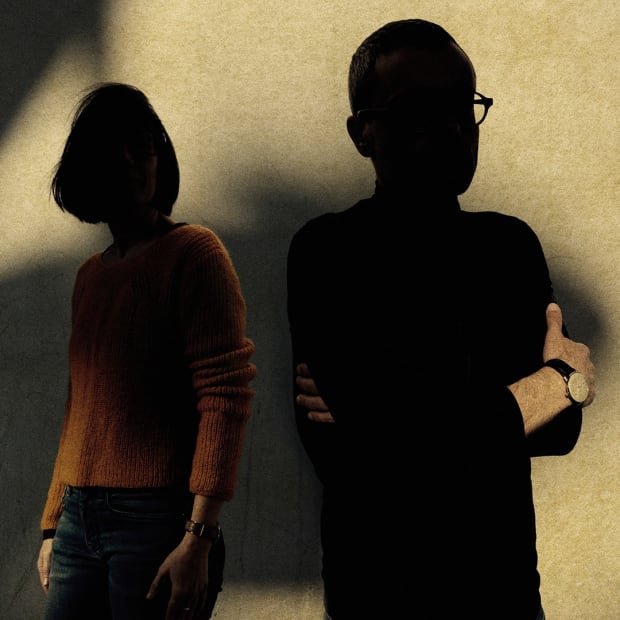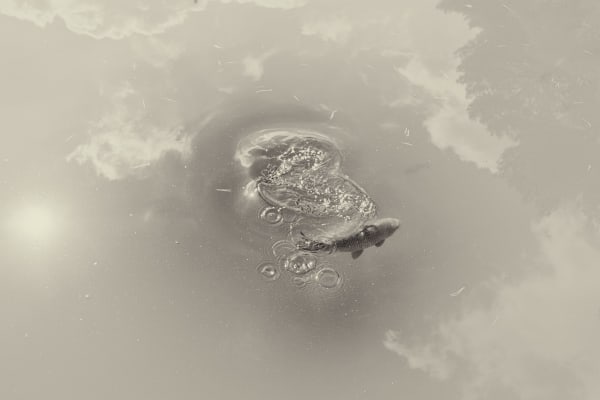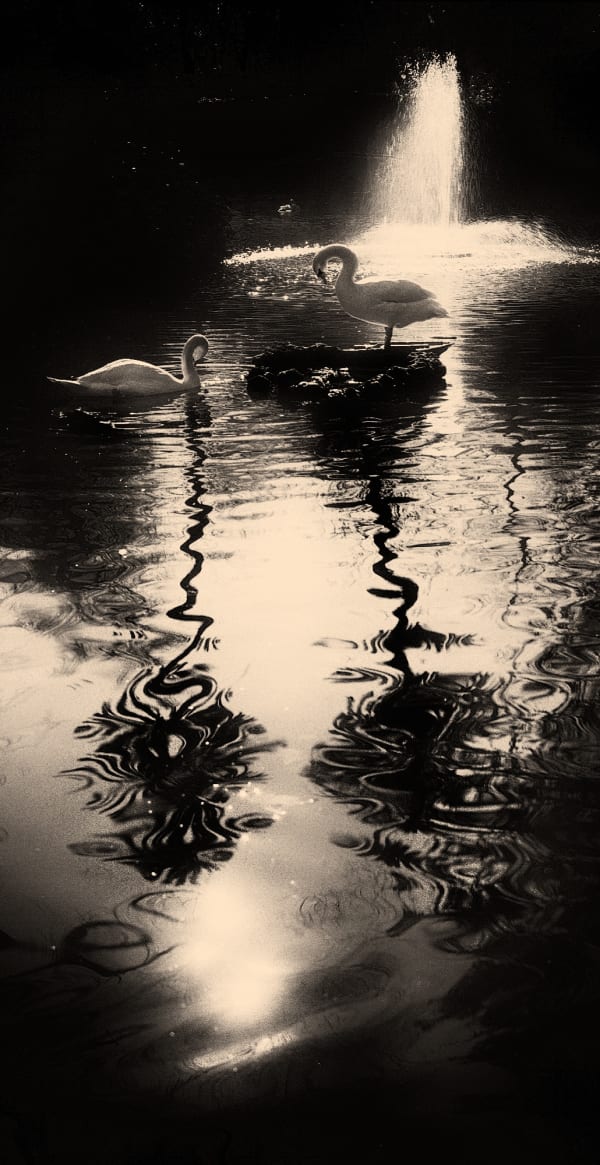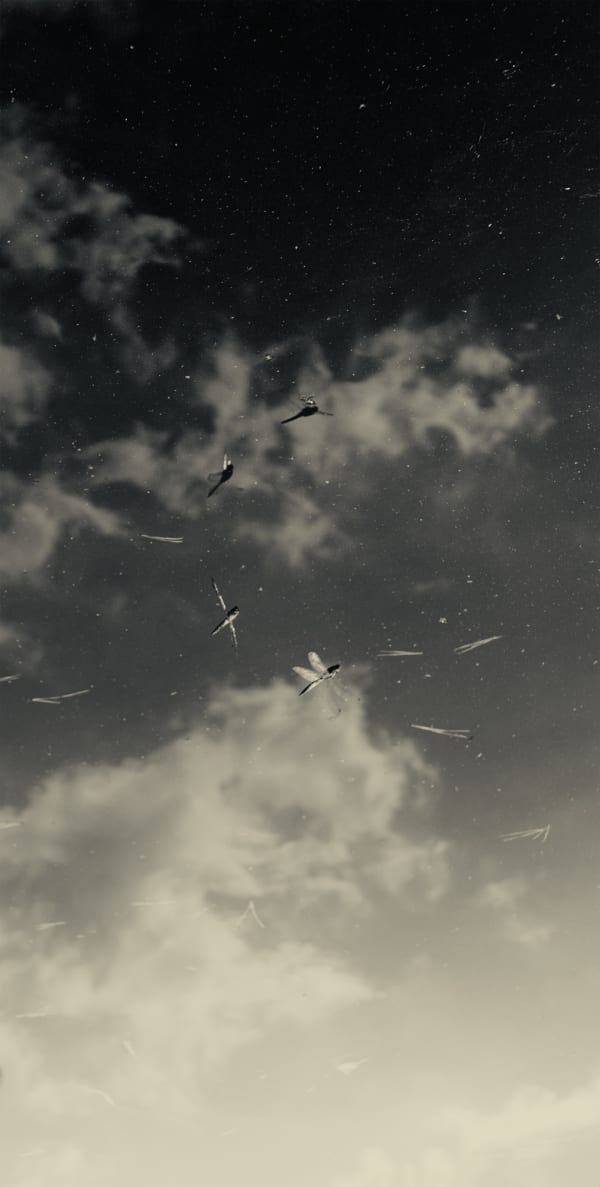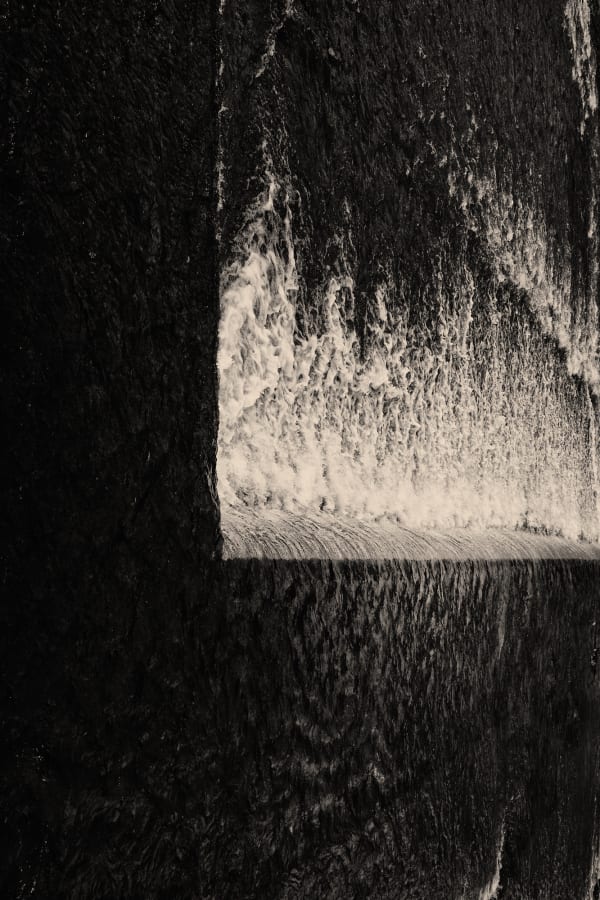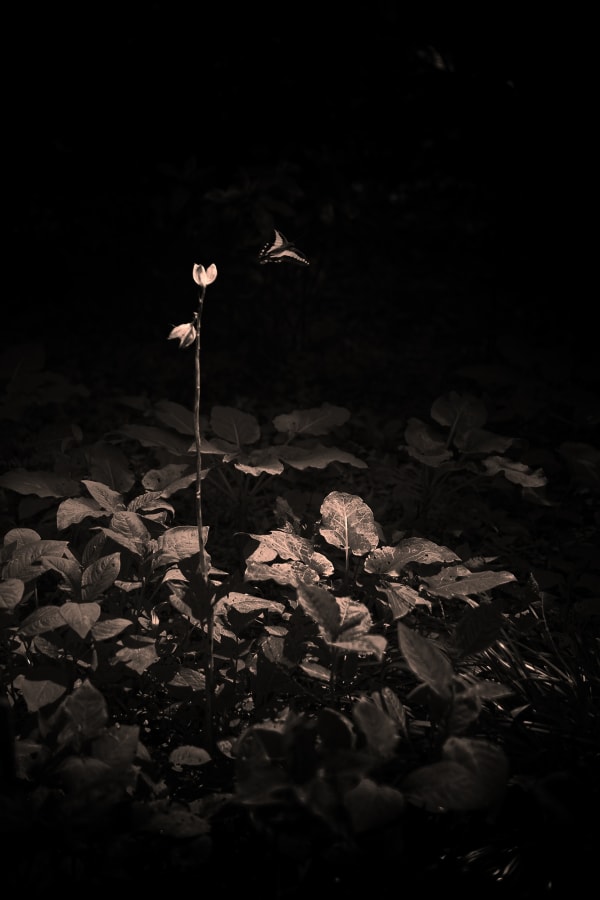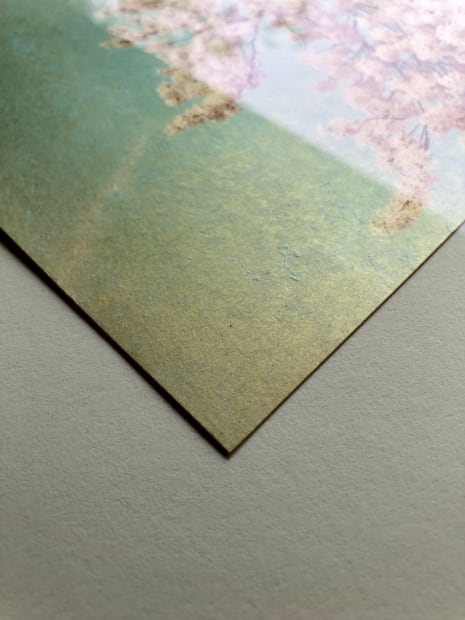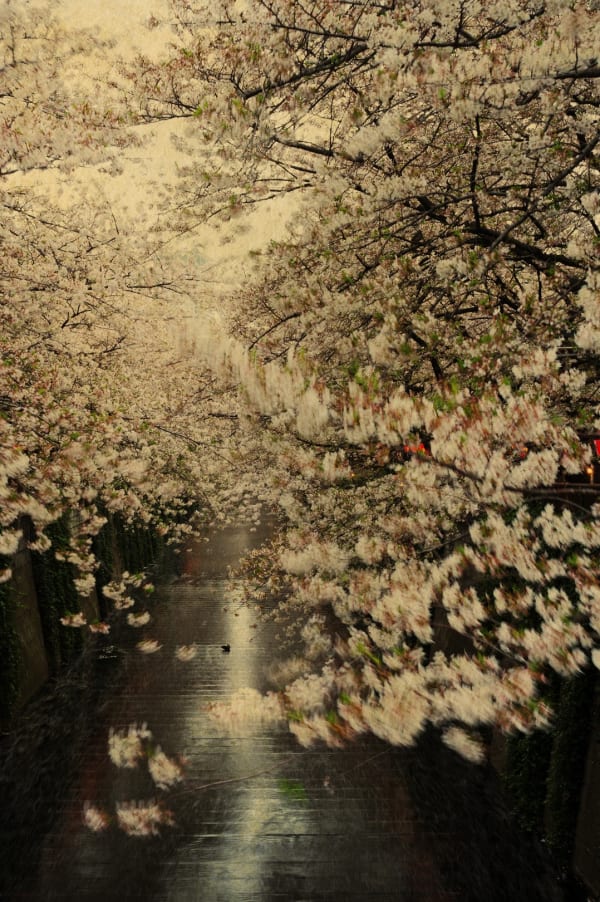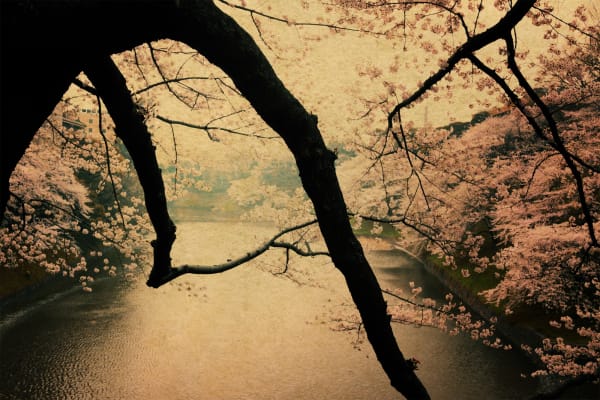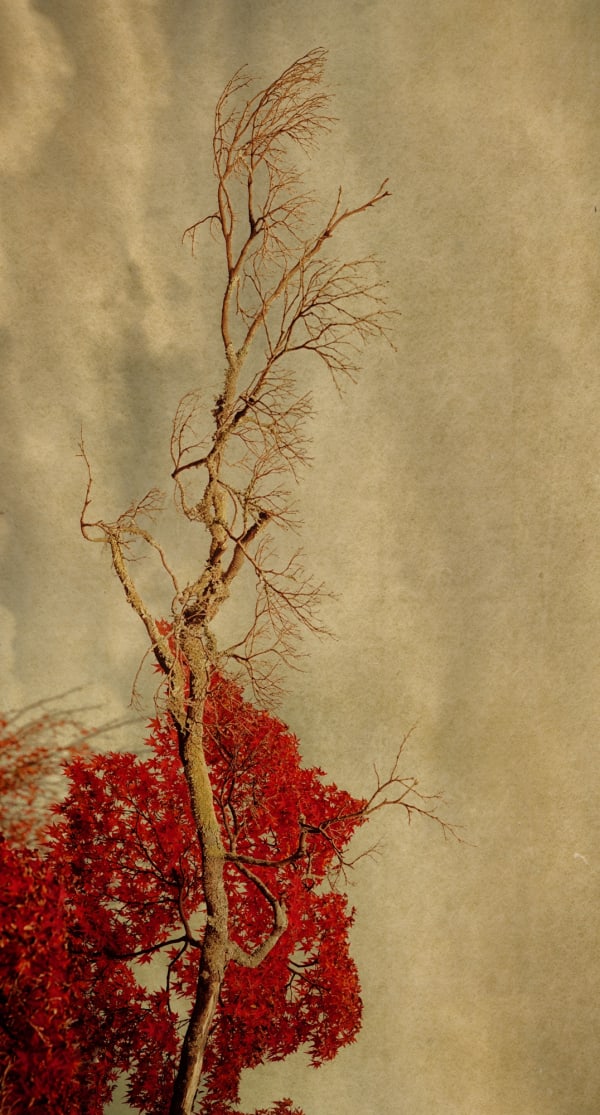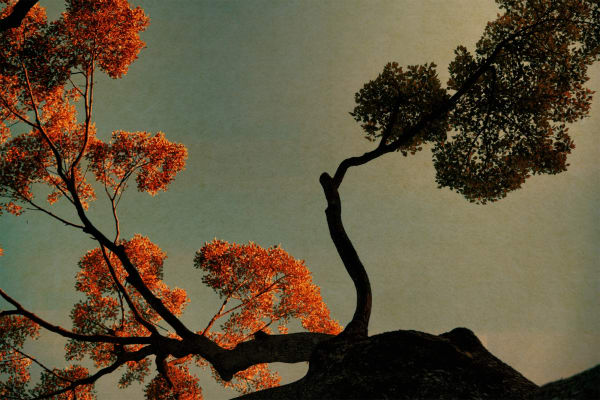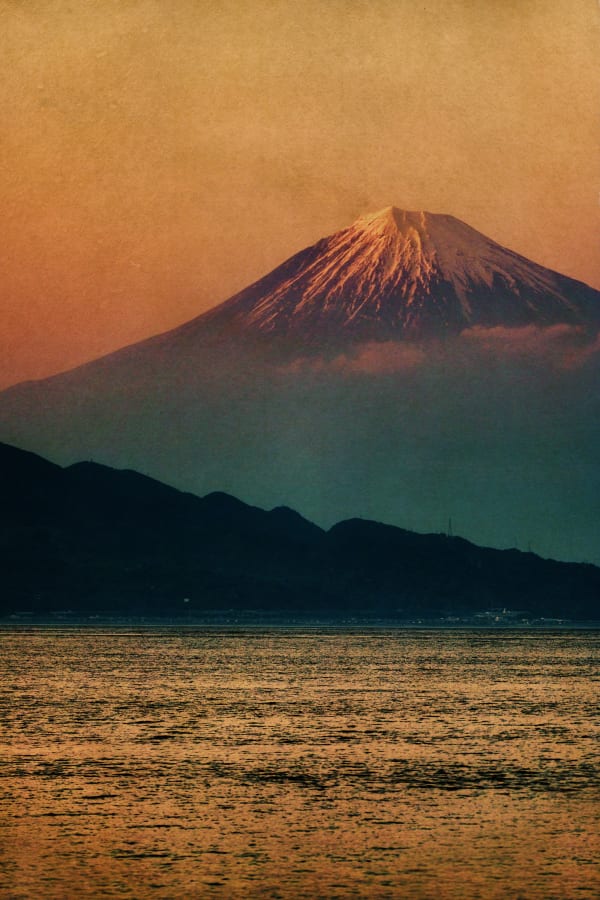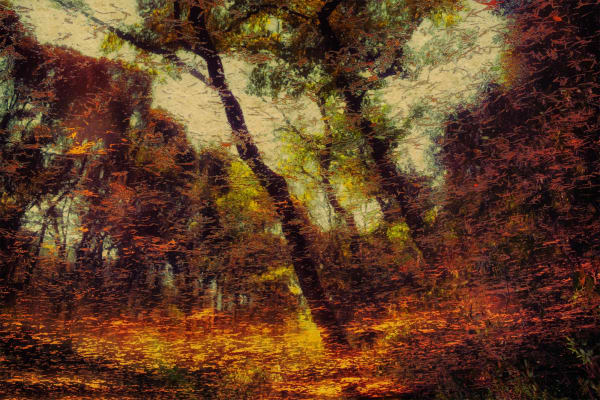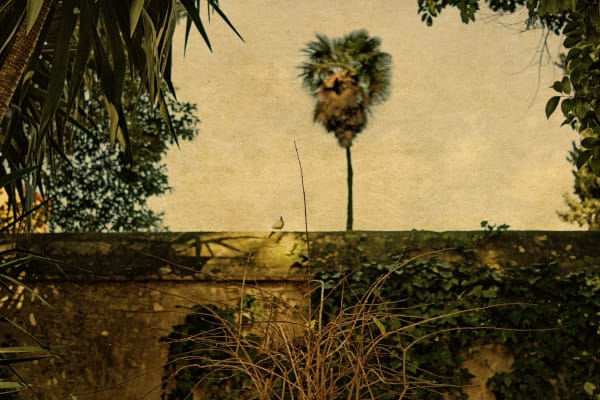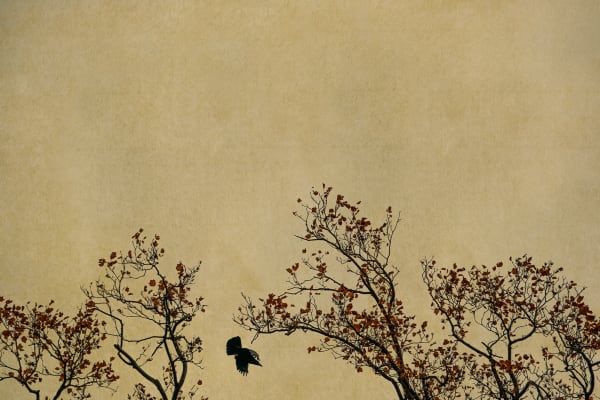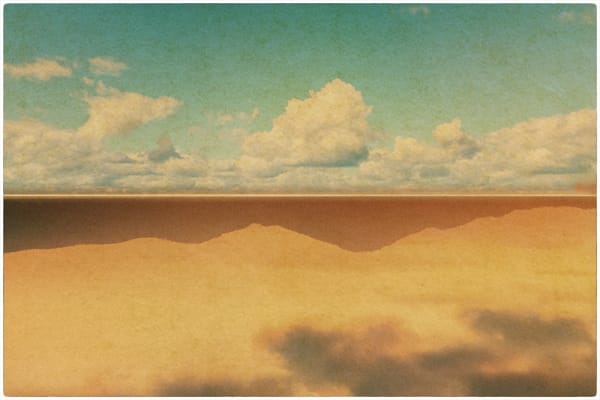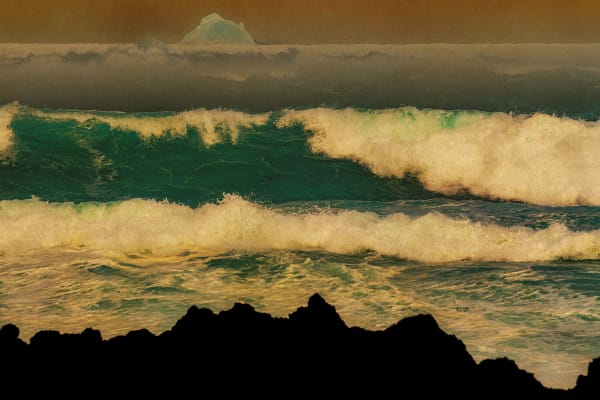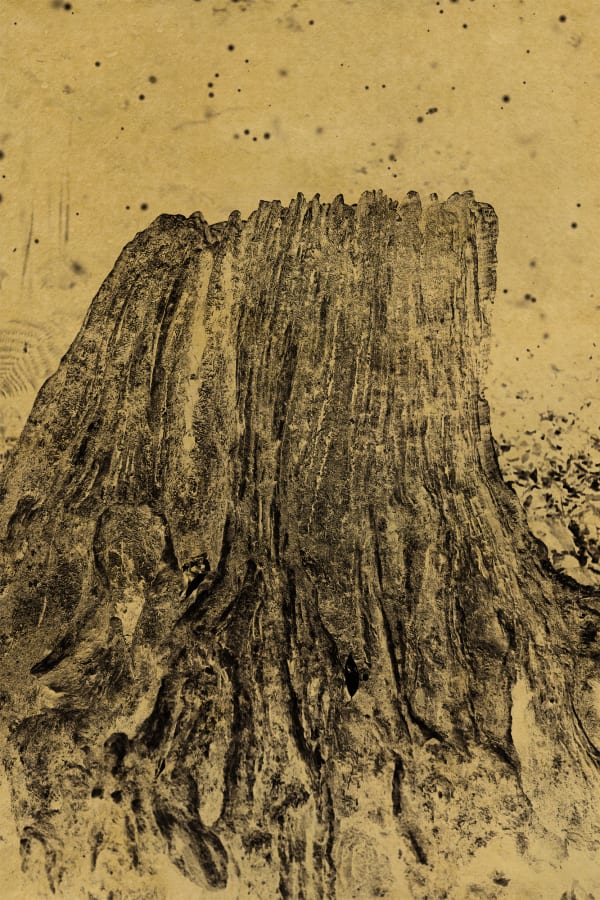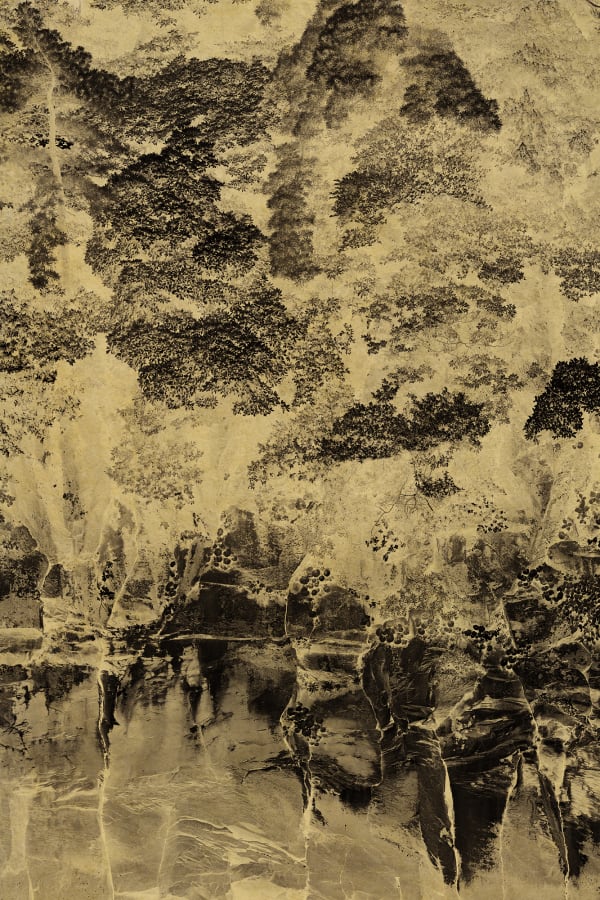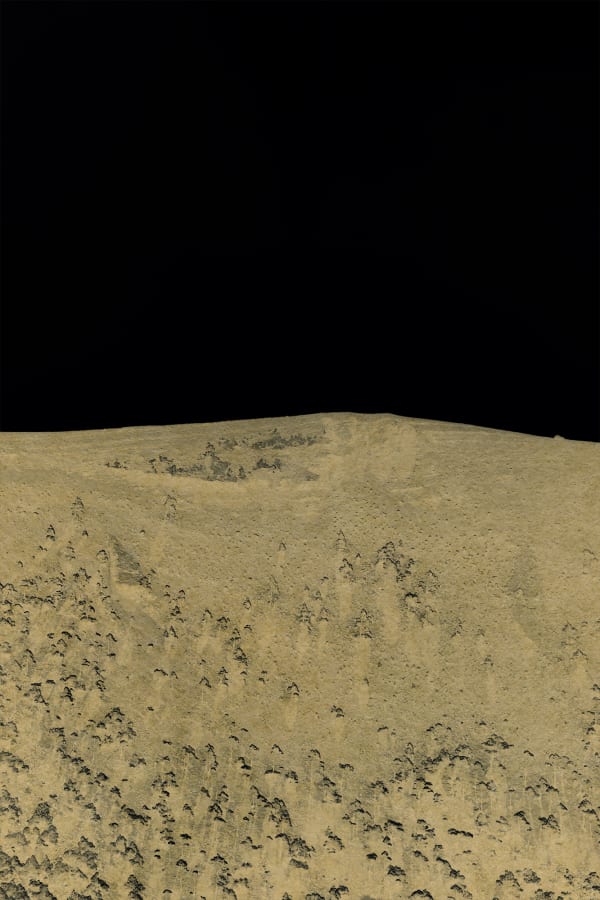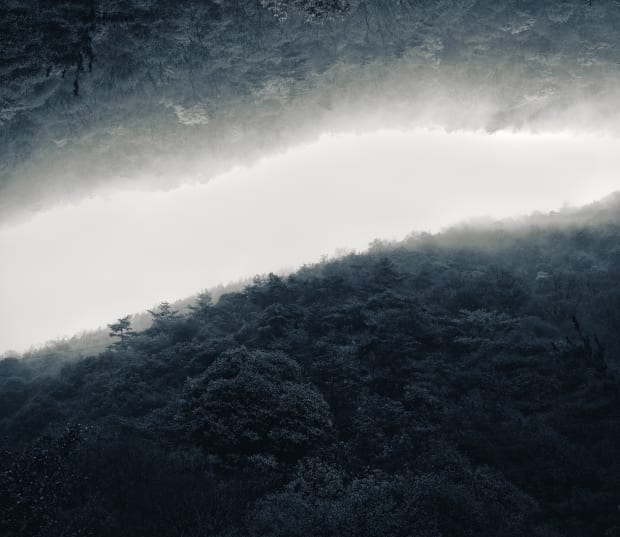-
-

-
-
ABOUT THE ARTISTS
Albarrán Cabrera are the photographers Angel Albarrán (b.1969, Barcelona) and Anna Cabrera (b. 1969, Sevilla) and have worked collaboratively as art photographers since 1996. A rich inner philosophy about memory and experience — and an alchemical curiosity for photographic printmaking — guide their aesthetic practice. Influenced by both occidental and oriental thinkers and artists, their photographs question our assumptions of time, place and identity in order to stimulate a new understanding of one’s own experience and perception. For the artists, “being conscious of our surroundings isn’t just an important part of life —our surroundings and how we interpret them is life as we know it.”The question running like a thread throughout their work is how images trigger individual memories in the viewer. "We are particularly interested in memories. Our aim is to play with viewers’ memories and to construct a representation inside their minds. Our images are the bare bones of this mental construction."Albarran Cabrera's photographs have been exhibited in galleries and photo fairs in Spain, Japan, Switzerland, USA, Belgium, The Netherlands, France, Germany, Lebanon, and Italy. Private collections and institutions that house their photographs include Hermès, Goetz Collection, Banco de Santander and De Nederlandsche Bank among others. They have also produced photographic prints for institutions such as Fundació La Pedrera, Barcelona; Fundació Toni Catany, Mallorca; Reina Sofía Museum, Madrid; FotoColectania, Barcelona; the Photographic Archive, Barcelona. They have collaborated with publishers such as Adelphi Edizioni, Mondadori Libri, Penguin Random House, Diogenes Verlag, RM Verlag and Ediciones Atalanta and companies/institutions such as La Monnaie De Munt, -Belgium's federal opera house.
-
Click on any images for a larger view, work details and pricing information.
-
-
-
-
-
-
-
“The perception of this line, like the fact of ‘seeing the present’, can be more or less obvious, but the less visible it is, the further from the truth our reality is.”
-
-
-
ARTIST INTERVIEW BY LENSCULTURE
-
-
-
Artist Interview - July 2020
Douglas Marshall: “An Ethereal Glow” comes from Jun-ichirō Tanizaki’s text referenced throughout the exhibition. As Western artists, how did you first get interested in or introduced to Japanese aesthetics?
Albarrán Cabrera: Like any particular event, this interest was born into us as the culmination of a chain of seeming coincidences. We have been fascinated by Asian cinema for a long time. We were introduced to it thanks to BAFF (Barcelona Asian Film Festival). It was a great festival that started some 20 years ago and that nowadays has changed its format a bit. We discovered the Asian reality through the cinema and we fell in love with Eastern culture. We believe that to understand any culture you must understand the language so we started to study Chinese Mandarin. We discovered that the characters were not so difficult, the grammar is not so complex, but trying to pronounce it correctly was nearly impossible for us. Thus, we took up Japanese: pronunciation is quite easy for Spaniards, the mixture of Kanjis, katakana and hiragana characters is crazy and the grammar is incredibly complex, but we love it! Learning the language, reading about Japanese religion, philosophy, aesthetics and finally visiting the country year after year, created a link between Japan and us so strong that now this culture is deeply embedded in our lives.
DM: Many of your early works have an apparent celestial feel like you are seeing “a World in a Grain of Sand”. Is this intentional, and if so, to what ends?
AC: One of the main ideas in our series The Mouth of Krishna is to explain that everything you can find in the universe is similar because we all share the same origin. A human being has the same kind of atoms that a rock has, or quoting Carl Sagan’s words: “Our Sun is a second- or third-generation star. All of the rocky and metallic material we stand on, the iron in our blood, the calcium in our teeth, the carbon in our genes were produced billions of years ago in the interior of a red giant star. We are made of star-stuff.” This idea is recurrent and as has been expressed before by Doris Lessing, Harlow Shapley, Albert Durrant Watson and Mahmoud Shabestari to name a few.
-
-
DM: Many of your images feature askew or inverted visual orientations. Is there an art historical reference or conceptual significance for this?
AC: It is a way to make the viewer understand that their reality is shaped by the way the senses process the stimuli. We see something in its "correct” position because we look at it in that position. If you look “differently”, you will “see” different things. In Japan, there is a place called Amanohashidate. It is an ancient pine forest that stretches across the sea. A peculiar custom to observe Amanohashidate is the mata-nozoki: leaning forward to see the landscape upside down through your legs. This inverts heaven and earth by turning the sandbank that winds through the water into a dragon that flies across the sky (known as hiryūkan, or "sight of flying dragon"
DM: Shadows and silhouettes are prominent throughout your work, especially the portfolios This is you (here) and NYX. What role do shadows play in your work? Was their use influenced by the writings of Tanizaki, C.G. Jung, or others?
AC: The role is to create mystery. As a viewer we are not much interested in looking at an obvious reality. If you look at a photograph where everything is clearly shown, there is no room for your imagination to play with that image and add your memories and your inner world to it. We love when in an image there is enough room to allow the viewer to enrich it with their memories, fears and questions. When that happens a momentary complicity between the photographer and the viewer is created. Tanizaki, Jung and other authors give us the guidelines about how to develop this mystery.
-

-
DM: You speak about “giving people objects” as photographic prints. How do you balance the importance of image making versus object making in your practice?
AC: Well, it’s difficult, or at least for us. We cannot interlink days shooting with days working in the darkroom. To shoot, we need to be in a particular mood which is hard to get in the society and times we are living in. While in that mood, we don’t want to “break it”. So we spend days and days shooting. Once we are printing in the darkroom, as we answered in the previous question, we need to be highly focused. And If we are not printing but experimenting new things, we will need an extra mental effort and concentration to advance by research, trial and error.
DM: Unlike many artists who stay strict to a single process throughout an individual series, you intermix processes (pigments, silver, cyanotype, etc) for specific images within the same body of work, The Mouth of Krishna for example. How do you decide which process should be applied to a specific photograph?
AC: That just depends on what we want to represent with the print we are creating. Each process has different features, regarding texture, tone, hue, chroma, density, reflection. We select the process whose feature helps us to enhance the feeling, idea or message that we want to express in a particular image.
-

-
DM: NYX, your most recent published work, is also your most abstract. Do you plan to continue in this more graphic and abstract direction for future work?
AC: To go from an idea or concept to an object, we often go through intermediate stages that are much more abstract. The process would be: We got caught by an idea or concept found in a text, an excerpt, a film, a painting, a poem… We find an abstract representation of the former, sometimes, created by another artist. And we go out shooting, looking for a reality that can represent the former abstraction. This is why abstract painting helps us find the link between the original idea and photography. That abstract result which lies between the idea and the representation is what we have never shown but we would like to do it now . We are working on this objective and also on the new series called “The Indestructible"
DM: What can you tell us about new work or ideas you’re currently exploring? You have hinted at the idea of “ The Indestructible”. Anything more that you can share there?
AC: Federico Ferrari, who is an Italian philosopher and art critic, curated our first solo show in Galleria de’ Foscherari, which represents our work in Bologna. On the occasion of the exhibition he created a text called “The Indestructible” inspired by our work and based on the idea of the same name created by Kafka. In the Zürau Aphorisms, Kafka names the divine for the first time calling it the "indestructible". In this way, it refers to what is hidden but is always present:
“The indestructible is one: it is each individual human being and, at the same time, it is common to all, hence the incomparably indivisible union that exists between human beings.”
- Franz Kafka
Ferrari in his text reflects on the fragility of life, the boundaries between us and the world, the “here and now”, about how to be “complete in your essential incompletion”, about how to be “indestructible”. He generously gifted us his text telling us to do whatever we wanted with it. As the text is so inspiring and powerful, we decided to start a new series investigating its essence to translate it into images creating a new series.
-

-


